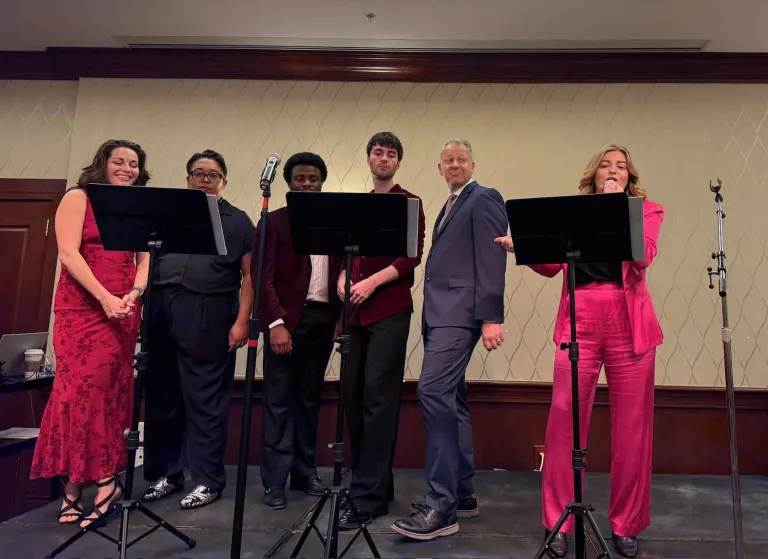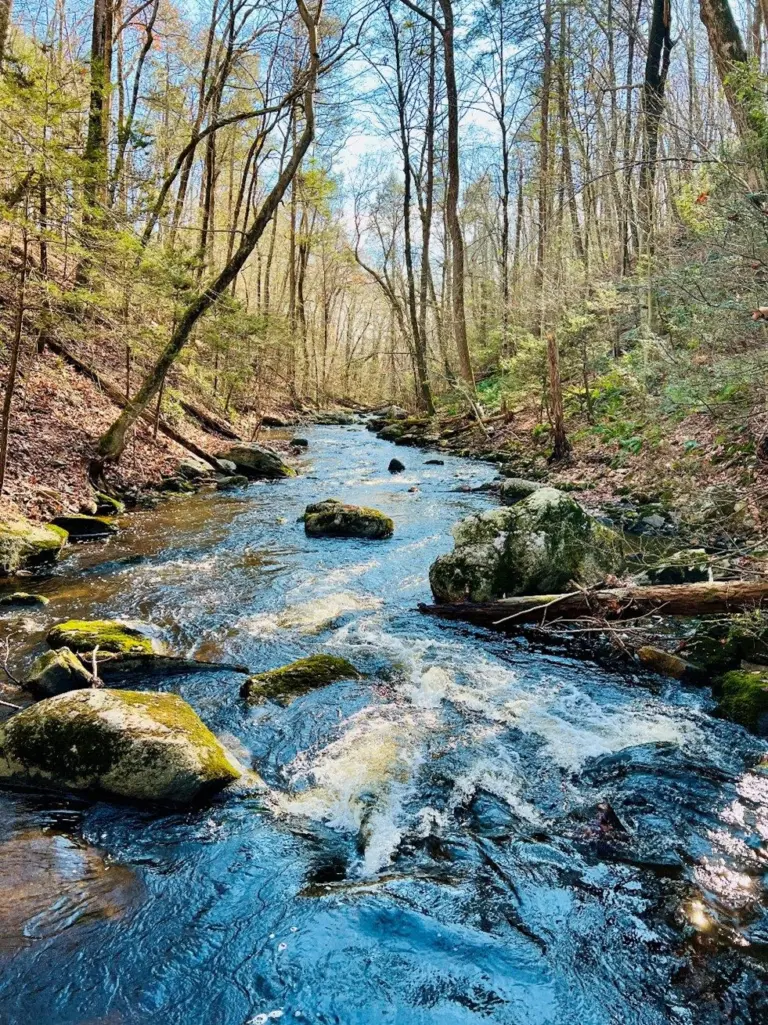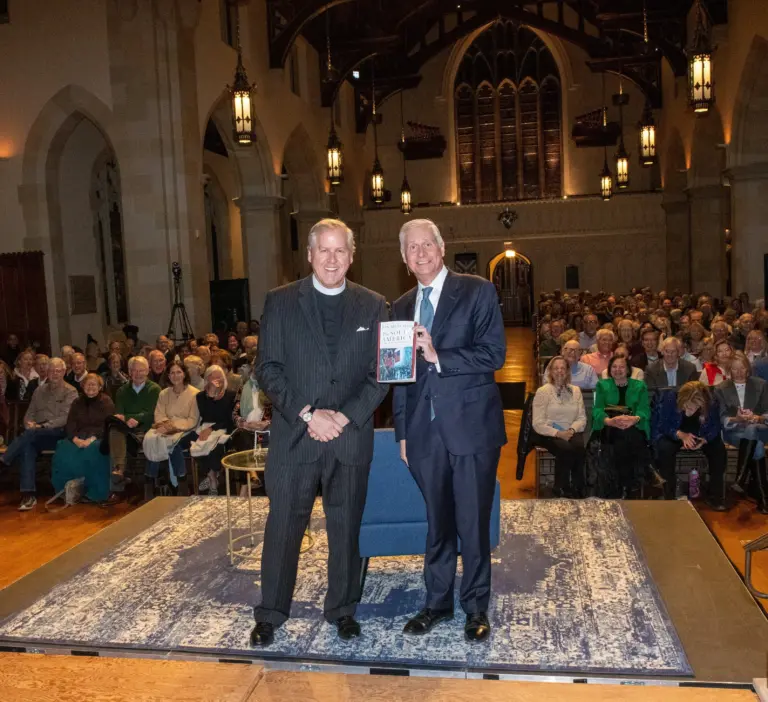
By Chéye Roberson
Sentinel Correspondent
Textile artist, teacher, and cultural arts ambassador for the Women of Color Quilter’s Network, Ed Johnetta Miller will give a brief history of African-American quilt makers in a presentation called “History, Community, Life and Art” at the Bruce Museum.
The presentation is a part of “Craft and Social Change in America” a four-part Monday morning lecture series starting Feb. 29 at 10 a.m.
As a woman of color, Miller says that she always cognizant of her responsibility to her cultural inheritance and community. She will talk about herself as a weaver, quilt maker, master teaching artist, and community activist.
Miller’s quilts can be found in museums, corporate and private collections such as The National Gallery of the Smithsonian in Washington, D.C., The Contemporary Quilt Museum in Golden, Colo., The Wadsworth Museum of Art in, Hartford, and Nelson Mandela’s National Museum in Cape Town South Africa, among other places.
In 2014, she was commissioned by the U.S. Government’s Embassy Program to design a quilt for the new U.S. Embassy in Cotonou, Benin, West Africa.
“I’ve been doing this for a number of years,” said Miller. She believes in teaching others about the art of African American quilting despite their racial identity.
“Whether you are white, Latino, black, or Asian, you should know about African American quilting.”
Miller was a weaver until shortly after the day she met Dr. Carolyn Mazloomi, the founder of the Women of Color Quilter’s Network, at an exhibition in Ohio. Mazloomi told Miller she had “such a great sense of color” and that she should try quilting.
Miller decided to put her unique flavor into quilting and now describes herself as an “improvisational quilter” because her work is created with a lot of spontaneity. She may finish a piece that she is unsatisfied with, cut it up into pieces, and re-piece it back together to form something new.
She is a master teaching artist at Noah Webster Micro Society Magnet School in Hartford. There, she developed a textile studio and teaches students in grades four through eight.
“My students participated in the Paralympics Games in London by designing banners for the athletes to carry into the stadium,” said Miller. “And in the spring of 2015, my textile students were honored by having the International Peace Quilt, a quilt they helped to design, come to our school to be displayed. Only two countries were chosen—Connecticut and India. President Obama sent my students a letter of recognition for their participation in the project.”
Additional speakers in the series include Dr. Myrah Brown Green, an art historian and quilt artist, who will discuss “The Quilter, The Theme, Their Research and the Process” on March 7; Sara Reisman, the artistic director at the Rubin Foundation, will talk about “Art as a Human Right” on March 14; and on March 21, Yale Ph.D. student Ruthie Dibble will discuss how the production of textiles during the Civil War allowed African-American and white women to renegotiate their place in the social fabric of the United States.
The lectures are supported in part by a grant from Connecticut Humanities, and are being held to complement “And Still We Rise: Race, Culture and Visual Conversations,” the Bruce Museum’s current exhibition of quilts by artists from the Women of Color Quilters Network, which runs through April 24. Admission to the programs is free for Bruce Museum members, $7 non-members.




